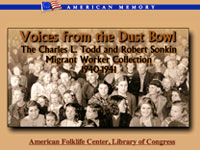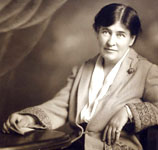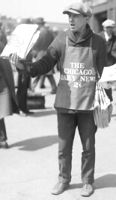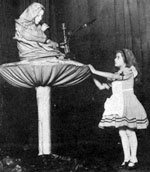National Register of Historic Places Travel Itineraries
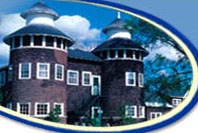
San Francisco during World War II, Mississippi's Indian Mounds, and Cumberland, Maryland, are just three of the more than 50 cities, towns, and rivers across the U.S. to which this website provides virtual access. In Baltimore, Maryland, a clickable map allows users to wander from the USCGC Taney (the last surviving warship present at Pearl Harbor on December 7, 1941) docked at Baltimore's Inner Harbor, to the house where Edgar Allen Poe lived in the mid-1830s, to the Union Square-Hollins Market Historic District to learn about Baltimore's oldest public market still in operation, and on to 40 more sites around the city. Each landmark is introduced with photographs, brief essays providing historical context, and tourist information.
Some travel itineraries are grouped by theme. For example, Historic Places of the Civil Rights Movement presents information on Arkansas's Little Rock Central High School, Virginia's Robert Moton High School, and the Lorraine Hotel in Memphis where Dr. Martin Luther King, Jr. was assassinated on April 4, 1968. Many of these sites includes links to lesson plans in NPS's Teaching With Historic Places. Updated regularly, this website is useful for teachers, students, and tourists alike.
